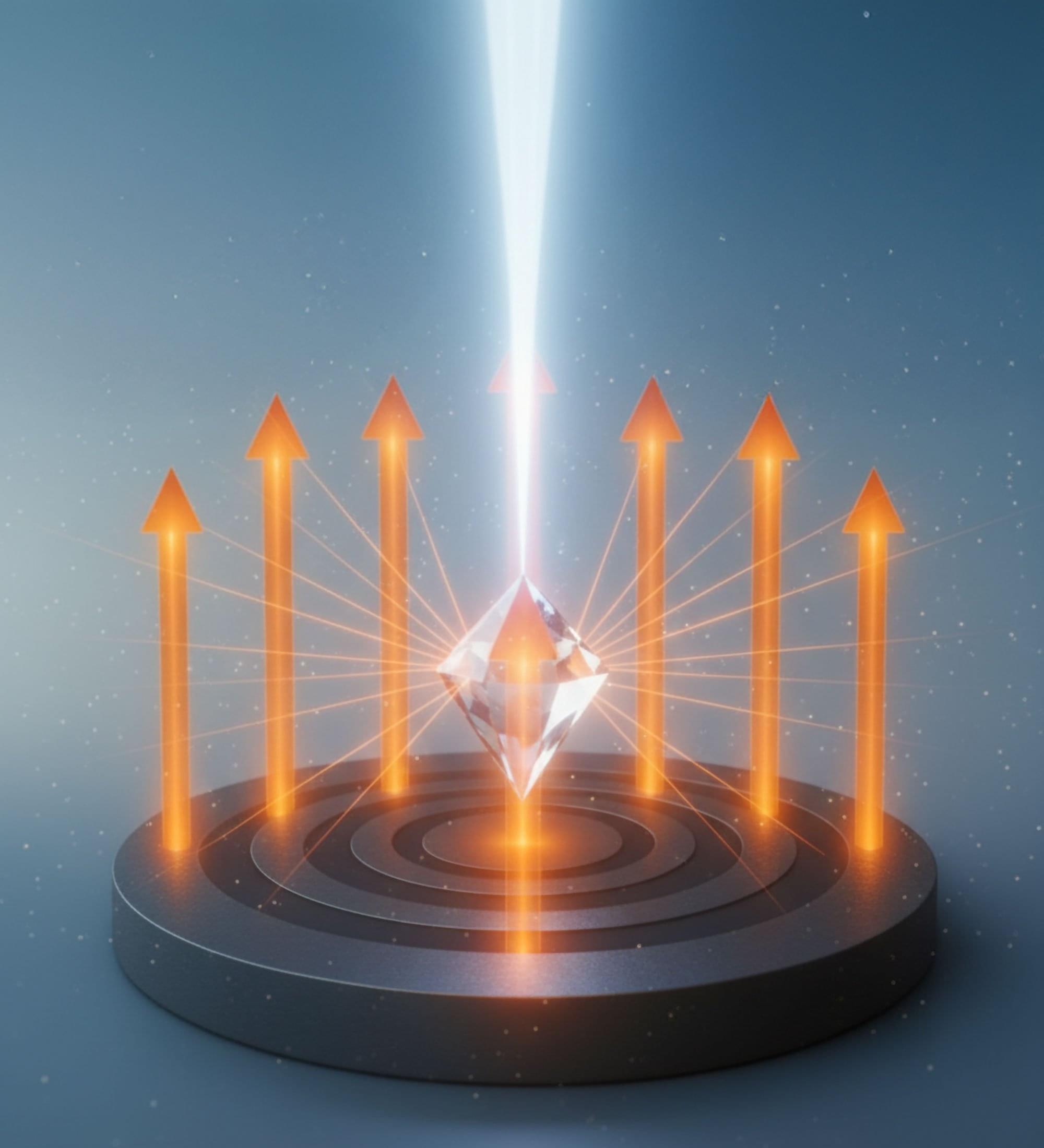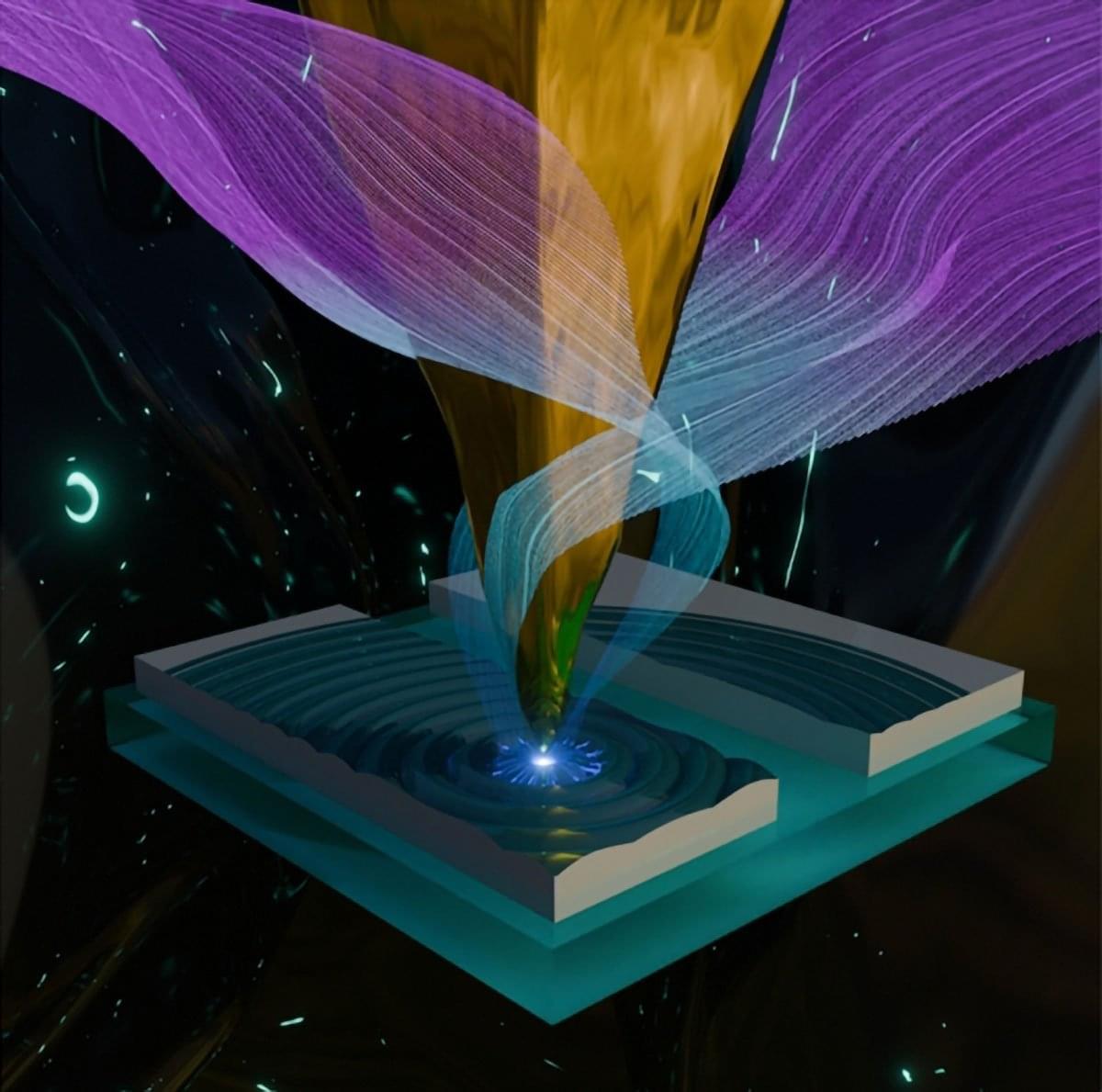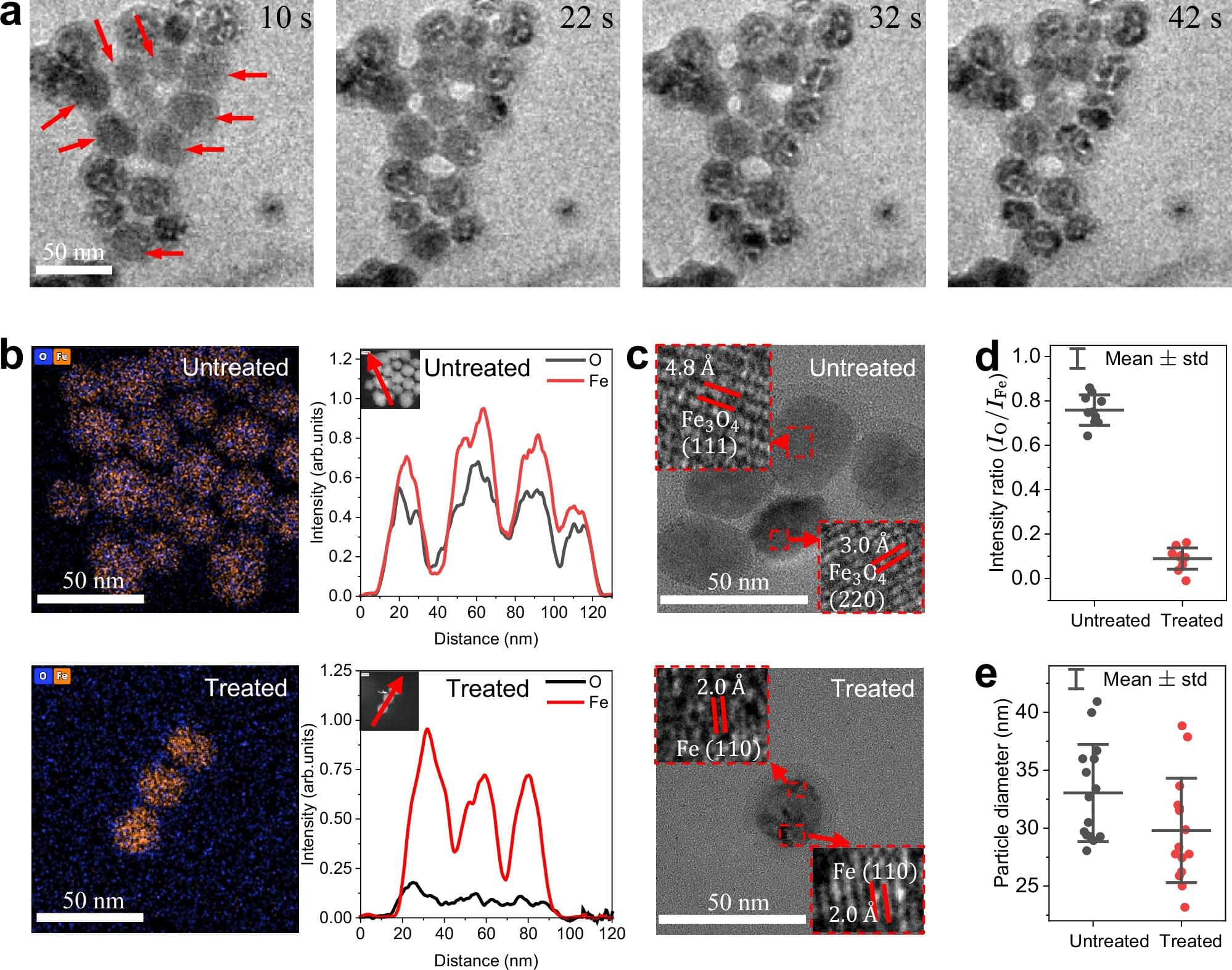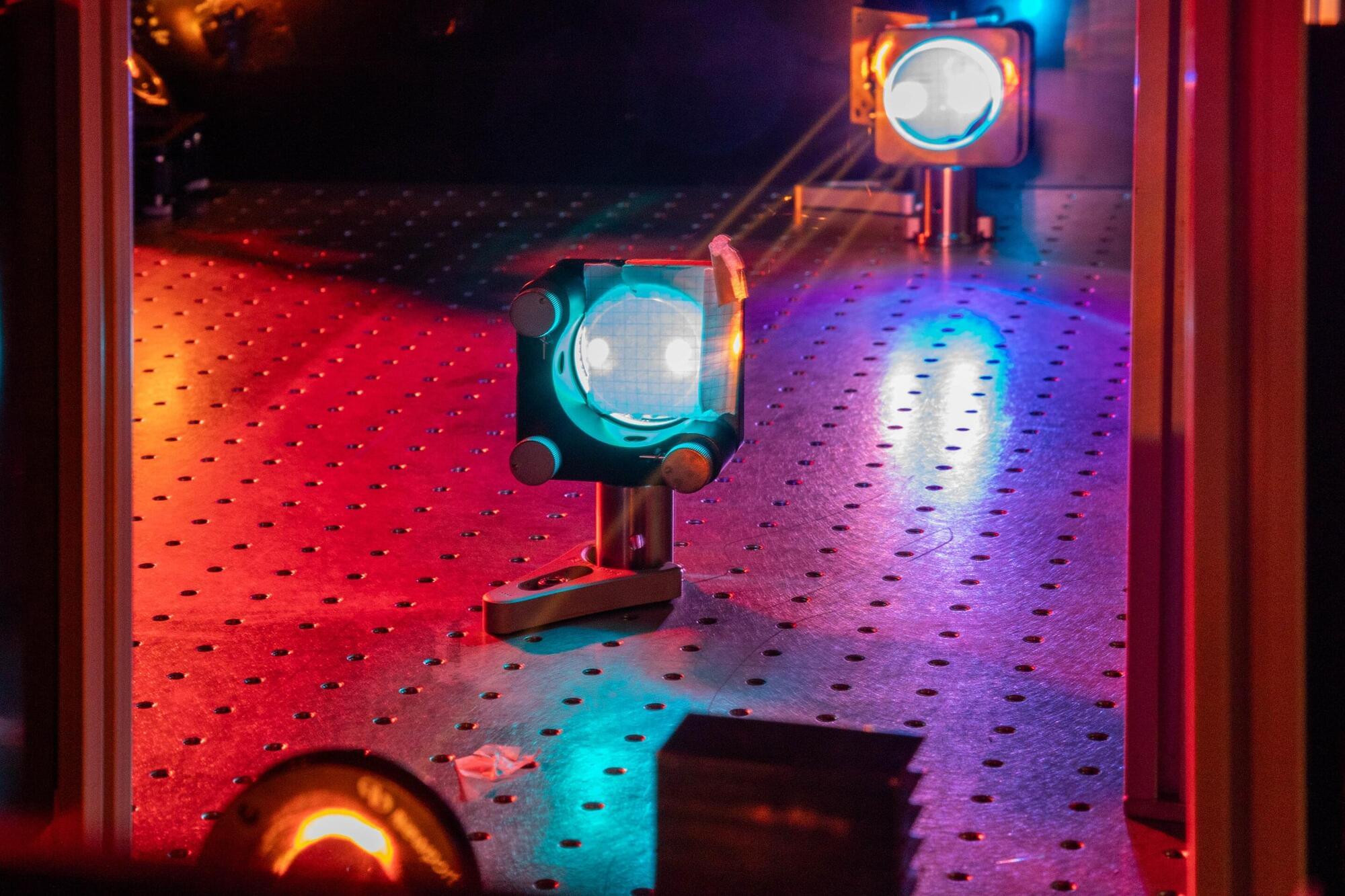Scientists have found a nanoparticle-inspired solution to the age-old strength issue of polymer glasses. Seasoning the polymer glass recipe with single-chain nanoparticles, which are tiny, folded-up polymer strands, can make the glass stronger, tougher, and easier to process by acting as reinforcements.
In a study published in Physical Review Letters, researchers from China overcame these issues by using nanoparticles made from balled-up single-chain polymers (SCNPs). According to the researchers, their approach opens a new pathway for creating advanced polymer glasses that combine strength, toughness, and processability in ways previously thought to be incompatible.
Polymer glass, also known as plexiglass, is widely used for making eyeglasses and enclosures for aquariums and museums. For decades, researchers have been seeking ways to enhance the mechanical properties of plexiglass, with a primary focus on improving its strength and toughness.









